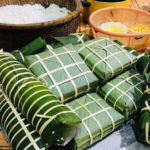Basic Information About Rice Vermicelli
Rice vermicelli is a traditional dish in Vietnam, often prepared by families into delicious and flavorful meals.
Historically, rice vermicelli was made from mung beans or rice, resulting in small, chewy, and white noodles.
With advancements in technology, the process of making rice vermicelli has been industrialized to ensure food safety. As a result, the range of ingredients used has expanded to include tapioca, galingale, and cereals, among others.
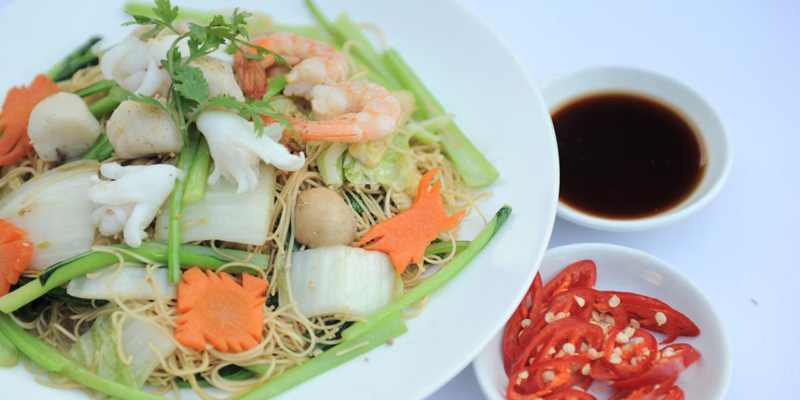
The Issue of Dyeing Rice Vermicelli
To enhance the visual appeal of their products, some manufacturers add bleaching agents or industrial dyes.
This practice would not be a cause for concern if the concentration of chemicals in the dyes did not exceed safe levels, thereby posing a risk to the health and lives of consumers.
According to food experts, the chemicals used to enhance the appearance of rice vermicelli include acids, SO2, and potassium permanganate. These substances are particularly harmful to the stomach and intestines when ingested directly through the digestive tract.
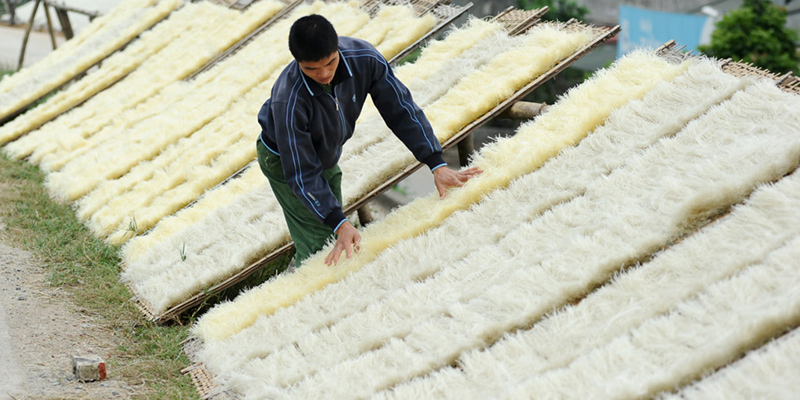
How to Distinguish Between Clean and Unclean Rice Vermicelli
To avoid purchasing rice vermicelli that has been tainted with chemical dyes, we will share some telltale signs to look out for:
Color: Clean rice vermicelli has an opaque white or grayish-black color, with a consistent hue. The noodles should also have a glossy appearance, indicating freshness.
Shape and Texture: High-quality rice vermicelli will have a uniform thickness, with straight and slender strands that are slightly chewy. Avoid products with broken or uneven strands that are overly brittle or sticky.
Aroma and Taste: Rice vermicelli made from natural ingredients will retain the subtle fragrance and flavor of its primary component, whether it be galingale, mung beans, potatoes, or tapioca. Avoid products with a strong chemical smell or a bland, artificial taste.
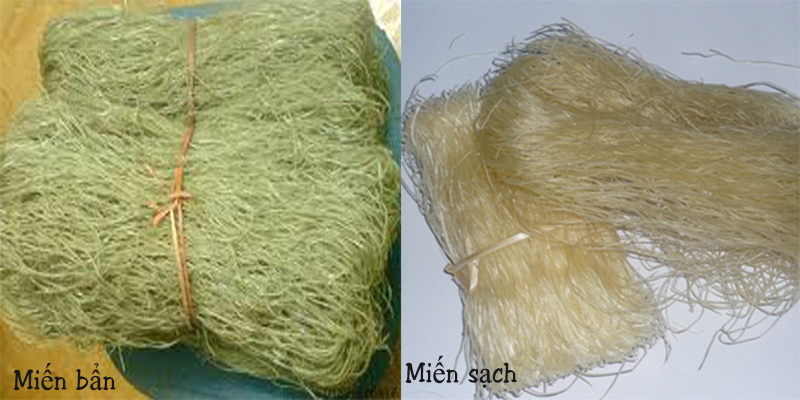
What Does Clean Rice Vermicelli Look Like?
Clean rice vermicelli will have an opaque white or grayish-black color, with a consistent hue across all strands. It will also have a slight gloss, indicating freshness.
The noodles should be slender and uniform in thickness, with a slight chewiness that indicates they are made from pure starch. They should not be brittle or sticky and should not contain any pebbles or foreign objects.
When soaked in cold water before cooking, clean rice vermicelli will soften but retain its chewiness. During cooking, the noodles should not fall apart or become mushy.
Clean rice vermicelli will also retain the natural flavor and aroma of its primary ingredient, whether it be galingale, mung beans, potatoes, or tapioca.
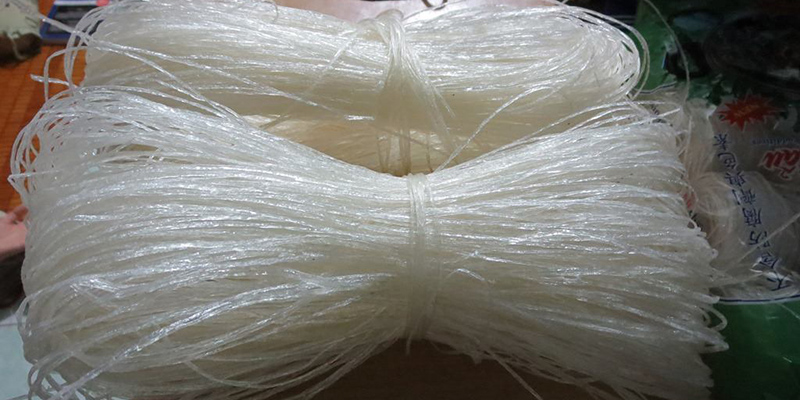
What Does Chemically Treated Rice Vermicelli Look Like?
Rice vermicelli that has been chemically treated will often have a vibrant, golden, or stark white color. Do not be fooled by attractive coloring, as it may indicate the presence of harmful chemicals.
Due to the use of strong chemical agents, the noodles may appear brittle and broken, with uneven strands that stick together. They may also feel dry and crunchy.
When cooked, chemically treated rice vermicelli tends to become soft and mushy quickly and lacks the desired chewiness. Over time, the strands may clump together.
In terms of taste and aroma, chemically dyed rice vermicelli often lacks the natural fragrance and flavor of its ingredients. Instead, it may have a chemical smell or taste, or it may be completely devoid of any distinctive flavor.
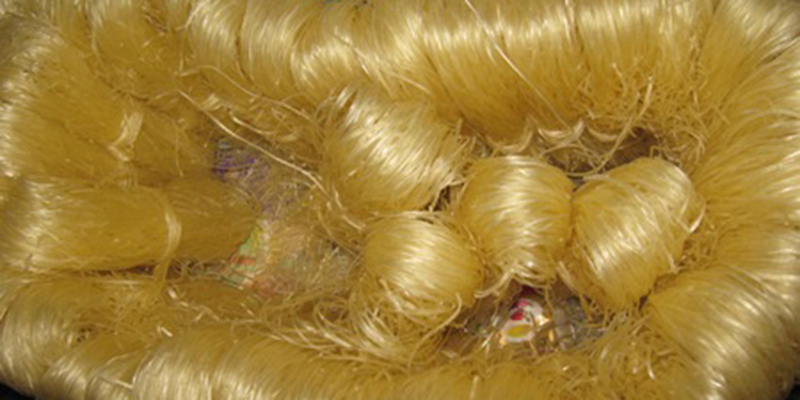
To ensure the safety and well-being of your family, it is essential to purchase rice vermicelli from reputable manufacturers and sellers. Choose products that are known for their quality and affordability, like those offered by our company. We are a trusted source of nutritious and traceable food products for families across the country.
Source: danviet.vn
8 Common Mistakes People Make with Cutting Boards
Are you using your cutting board correctly? Many Vietnamese households rely on cutting boards in their kitchen, but not everyone knows how to use them properly, especially when it comes to wooden cutting boards. Check out these 8 mistakes to avoid when using a cutting board to ensure both hygiene and safety for everyone in your family.
Is Refrigerated Leftovers Linked to an Increased Risk of Cancer?
Dr. Lam Van Man, Head of Research, Development and Technology Transfer Department of the Institute of Safety Food, has warned of the risk of food poisoning when reheating leftovers from the refrigerator. But what should we be aware of when it comes to the possibility of these leftovers causing cancer? Here, we explore what the experts have to say on the matter and offer some tips for safe eating.
Preserving Leftover Food from the Tet Holiday
With the beginning of the Lunar New Year, many households are stocking up on food to celebrate the festive occasion. While keeping food in the refrigerator is convenient, it can also be harmful to users if not done correctly. We have compiled a few tips to help ensure food remains fresh and safe to consume during Tet.





























